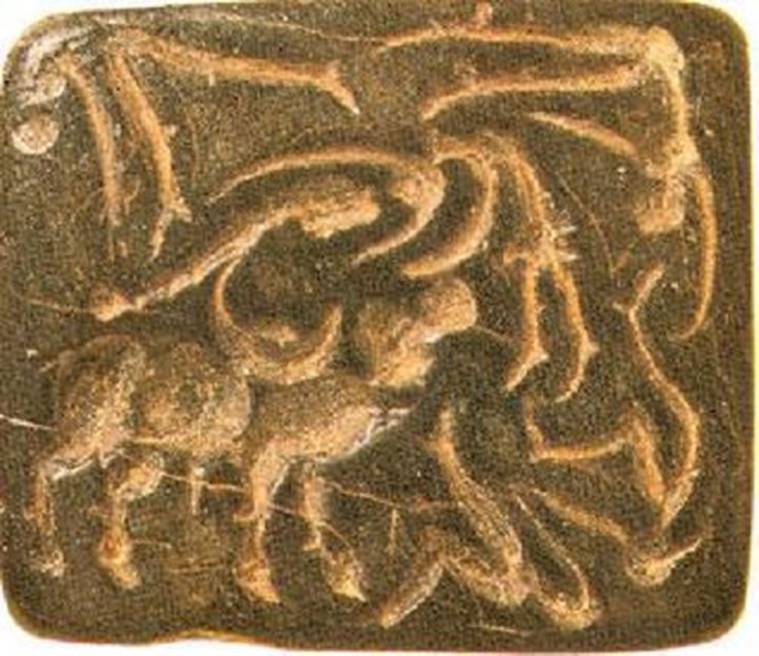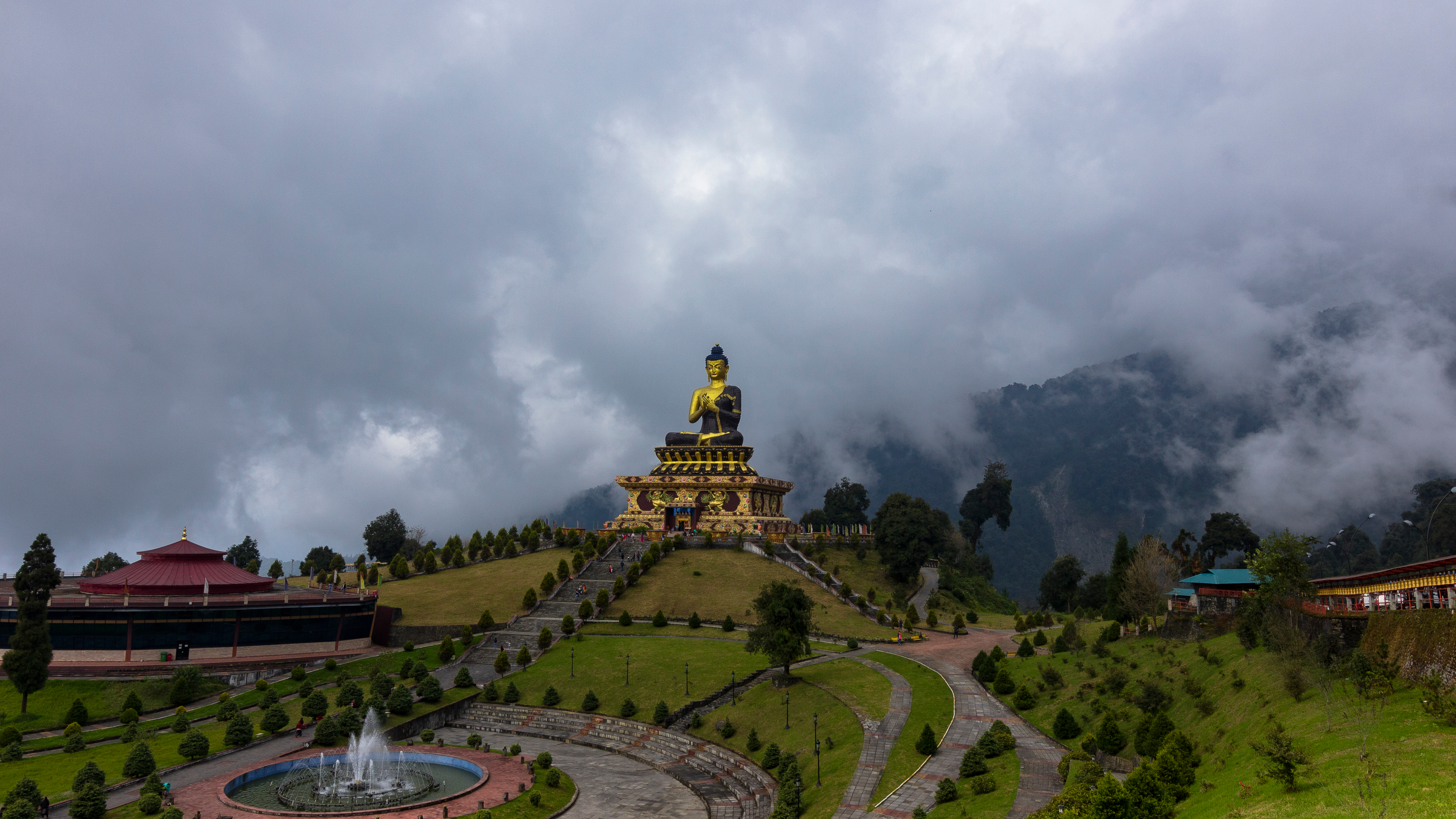A day trip to Jallikattu Rock Paintings near Ooty
The hottest topic to circle the southern state of Tamil Nadu is the Jallikattu protests. The popular bull taming sport had been on a strict ban since 2014 under The Prevention of Cruelty to Animals Act, 1960. On the early hours of January 8th, 2017 the Tamil youth decided to take a stand against the ban; thousands gathered across the city, primarily at the Marina beach to protest peacefully against the ban. The 15-day long protest gathered much attention and respect thanks to the use of Social Media, with countries across the globe showing their support.
While PETA and the Animal Welfare Board of India opposed Jalikattu as being harmful to animals, Tamilians argued that the sport is a culture and has roots dating back to the Tamil Classic Period. Such an ancient tradition should be preserved through eternity and proof of that can be seen at Kotagiri town, just 33 kms from Ooty in the Nilgiris district. So if you are visiting Ooty, don’t forget to drive down to Kotagiri.
The real beauty of Kotagiri
The real beauty of Kotagiri town lies in the Kaikkiyur village, housing South India’s largest rock site. Drive 40 kilometres away from the town to witness the historical evidence of Jalikattu. Among several rock surfaces and caves, you will find paintings depicting the bull taming sport that are over 3,500 years old.

Over 500 rock paintings portrayed men chasing bulls was discovered in 2004 by art historian K.T Gandhirajan and Government College of Fine Arts Principal G. Chandrasekaran. The paintings were done in either white kaolin or red ochre and showcased big, powerful bulls being tamed or chased. These paintings were done sometime between 2000 BC and 1500 BC, and at that time, it was not called Jallikattu. The ancient Tamil tradition was called “Manju Virattu” (chasing bulls) or “Eruthu Kattuthal” (lassoing bulls). It was only 500 years ago after the Nayak rule in Tamil Nadu that the harmless bull chasing tradition morphed into the sport of Jallikattu. When the zamindari system was established, the sport turned into a spectacle, associating valour among men who successfully tamed a wild bull.
Etched in nature
Apart from this, while you are on your day trip, here are a few other thigs to look forward to.
- Tea Gardens- Another hotspot for the famous Nilgiri tea, the tea gardens in Kotagiri will melt your senses in its delicious aroma, gorgeous flora and fauna and lush landscape.
- Kodanad View Point- just 16 kilometres from Kotagiri the Kodanad View Point. It provides a breathtaking view of the great Mysore Plateau on one side and a 500-acre farming land called Thengu Mara Haada on the other.
- Longwood Forest- This evergreen tropical forest will provide you with some much-needed peace and quiet. Make sure to take your camera along as you might be lucky enough to catch a rare sighting of the Malabar flying squirrel.
- Nehru Park- A massive open area that houses a temple of the Kotas, a public playground including a congregation centre and food shelter, and a rose garden that blooms beautifully from March through June.
- Bungalows- Kotagiri is famous for its big, European stylised bungalows that were built during the British rule. Today, the bungalows have been converted to upmarket homestays that are open to the public. One such bungalow belonged to respected British Governor John Sullivan.
Return to the glory days
Another beautiful sight in the Nilgiri Hills is the shola trees.Endangered for decades, the shola trees are making a miraculous comeback thanks to a little help from the Forest Department who reintroduced few shola varieties on the Elk Hills. There used to be a small stream that ran from the top of the hill and through the temple, but it dried out due to interference of invasive tree species. The shola trees are bringing back the magic of Elk Hill with a family of langur, gaur, barking deer and leopards now making homes. Other water resources can take form in the future as more shola trees are planted.” Elk Hill is slowly returning to its glory days of pristine grasslands and rocky outcrops, making a home for a rich ecosystem that is was known for in the past.
How can you enjoy the mysterious beauty of Nilgiri Hills and all its neighbours? By booking a stay at the Sterling Holidays Elk Hill Resort! Ooty has so much to offer to all the senses, so come on over and experience the best nature can offer only with Sterling Holidays.


